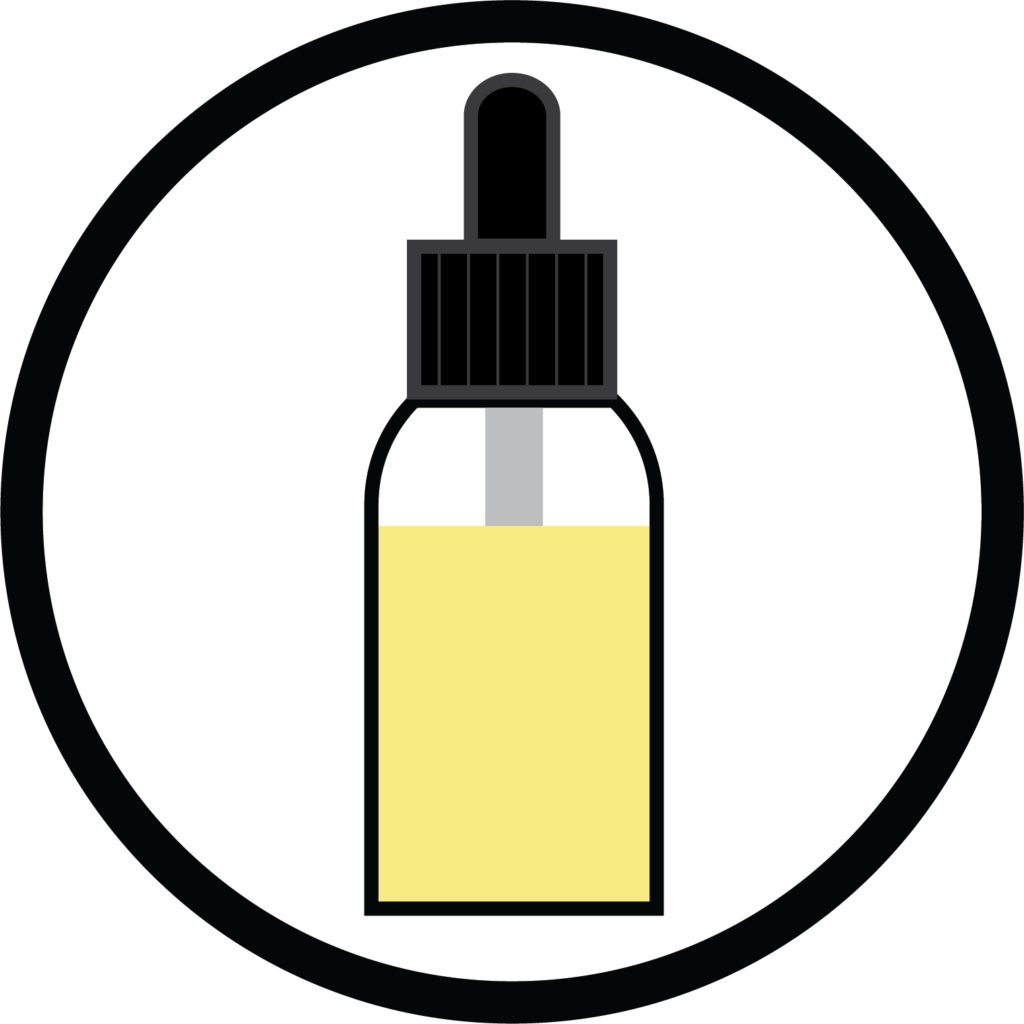
It remains difficult to quantify the size of the U.S. CBD market as a high percentage of sales occur through untracked channels. As a result, there is a wide differential among the assessments of research firms that track retail sales of CBD, with 2020 sales projections ranging from $1.2 billion (Statista); $2.25 billion – $2.75 billion (Nielsen); $3.7 billion (New Frontier Data); $4.3 billion (BDSA); and $4.8 billion (Brightfield Group).

Factors That Impacted the CBD Market in 2020
Three of the largest publicly-traded CBD public companies – Charlotte’s Web, CV Sciences, and cbdMD – saw their combined revenues drop by 10% between 2019 and 2020, from $182 million to $164 million. Notably, however, the fortunes of each of the aforementioned firms varied widely last year, preventing us from ascertaining any overarching trends. In 2020, Charlotte’s Web’s gross revenues inched upward by less than 1% year-over-year, CV Sciences’ dropped by 55%, while cbdMD’s grew by 32%.
However, there is widespread agreement that the COVID-19 pandemic, as well as a lack of regulatory action from the U.S. Food and Drug Administration (FDA), put a damper on the growth of the CBD market in 2020. Nutritional Outlook quoted Jesse Karagianes, Senior Vice President of Revenue Growth for CV Sciences, as stating, “CBD category sales were certainly impacted by the COVID-19 pandemic. Between decreased in-store shopping, the shift of consumer spending to essential items, and the spike in online shopping, CBD sales in the natural products industry did not fare well.” Moreover, “regulatory uncertainty has unfortunately had a negative influence on consumer confidence,” according to Daniel Fabricant, Executive Director and CEO of the Natural Products Association.
As a result of those factors, market analysts uniformly reduced their forecasts for 2020. BDSA cut their projection for 2020 CBD sales to $4.3 billion from $6.5 billion, but the firm still sees the market growing substantially to $18 billion by 2025. Brightfield Group cut their estimate of the 2020 CBD market from $8.1 billion to $4.7 billion, while slashing their 2023 projection from $23 billion to $12.4 billion. Nielsen, which takes the most restrictive view of the market and only tracks hemp-derived CBD products sold in traditional retail channels (excluding state-legal marijuana dispensaries) has a 2025 forecast of $6 billion to $7 billion.
COVID Altered the CBD Sales Landscape
The pandemic caused a shift in CBD sales to online channels. While this shift ensured that CBD products remained accessible to consumers, it did not fully compensate for the loss of education and brand awareness available at some retail stores. A survey by Brightfield Group from June 2020 found that 45% of CBD consumers and 54% of millennial consumers shifted to purchasing CBD online due to the coronavirus crisis. Charlotte’s Web reported that online sales grew 27% in 2020 to constitute 67% of the company’s total sales. Overall revenue was largely flat, however, owing to a significant decline in sales from physical retailers, even though the number of stores carrying Charlotte’s Web products grew from 10,000 to 22,000.
Hemp Industry Continues to Await FDA Guidelines for CBD
While COVID-related restrictions on brick-and-mortar stores have generally been lifted at this point, there is still little insight into the timing of when FDA regulations regarding CBD might be forthcoming. Indeed, while industry stakeholders anticipate, or at least hope, that the agency will allow CBD to be marketed as a dietary supplement, as well as added as an ingredient in foods and beverages, whether that will come to pass is itself uncertain.
As we reported previously, a January FDA report by Dr. Stephen Hahn, the Commissioner of Food and Drugs, and Dr. Amy Abernethy, the former Principal Deputy Commissioner, states that FDA is engaged in a lengthy diligence process with an extensive list of research projects to “fill outstanding knowledge gaps” on CBD. The report notes that “FDA evaluates CBD just like any other substance we regulate, under a regulatory framework defined by law and with rigorous scientific evidence as a basis for both our regulatory approach and information we communicate. Better data in these areas are needed for the FDA and other public health agencies to make informed, science-based decisions that impact public health.”
In addition to sampling and testing CBD products, the FDA laid out in the report a framework for the development of research projects that suggests that action on CBD is not imminent. The recent resignation of Abernethy, the leader of the CBD task force who left the agency in April, may further delay FDA action that is critical to the continued growth of the CBD market.
A Still-Volatile Market and Significant Unknowns Make Projections Difficult
Ultimately, the scope of CBD demand in the U.S., as well as how much unsold inventory of intermediate and finished CBD products is on the market, remains obscured. Anecdotal accounts from Hemp Benchmarks’ Price Contributor Network have stated that retail demand began to pick up again in late 2020. Such assertions are buttressed by Q4 2020 financial disclosures from Charlotte’s Web, which saw the company’s revenue for the period increase by 18% from Q4 2019. Excess supplies of extracted CBD have also been reduced by demand for delta-8 THC, which is typically manufactured from CBD Isolate. Finally, as we noted in our April Hemp Spot Price Index Report, the exit from the market of a major supplier of winterized crude CBD oil to processors nationwide has disrupted supply chains and could lead to temporary shortages.
Taken together, the recent unexpected impacts on the hemp-CBD market from COVID-19, the popularity of delta-8 THC, and the abrupt exit of a company constituting significant processing capacity – along with the major unknown of the timing and scope of FDA action – show that projecting the growth and development of the sector remains a daunting and difficult, if not impossible, proposal.



